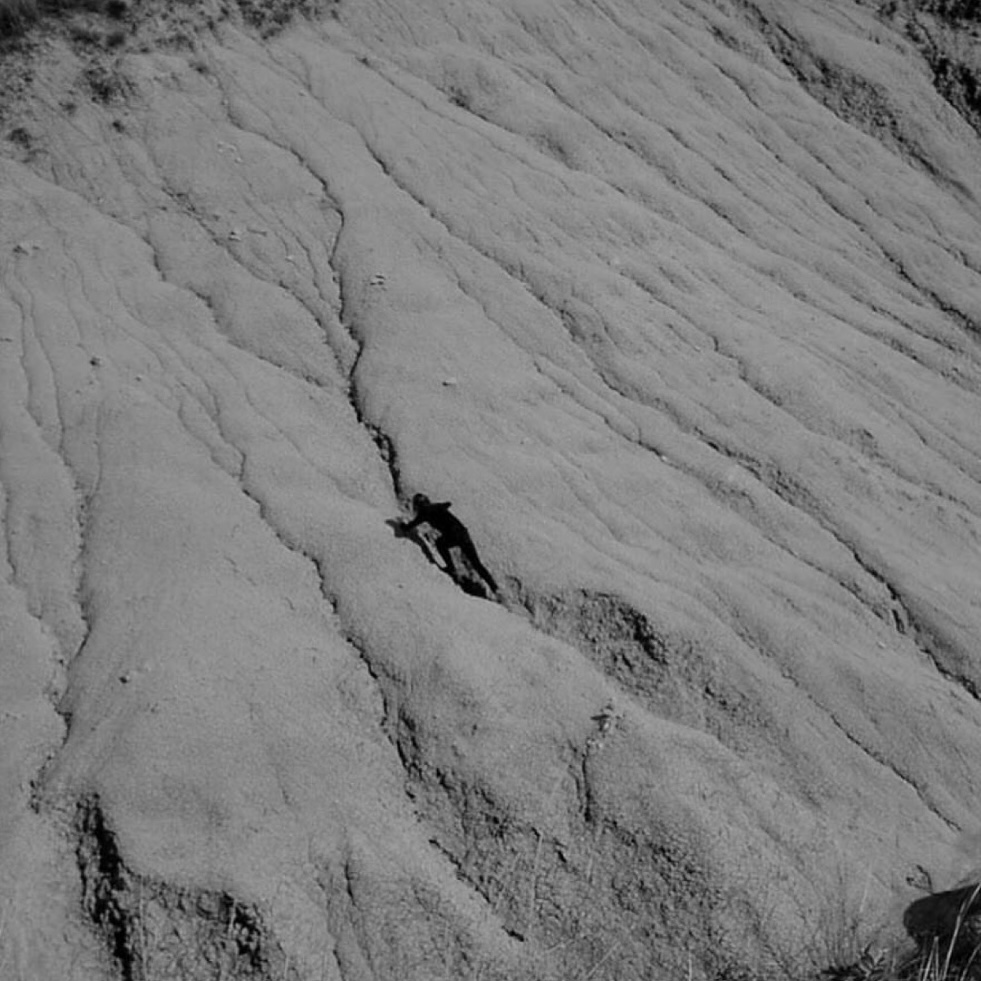Simina Oprescu
electroacoustic composer & sound artist
analysing the inexhaustible matrix,
cosmic elasticity,
through a grain of sound
sonosphist, noetist
researcher, post-disciplinary

© SiminaOprescu